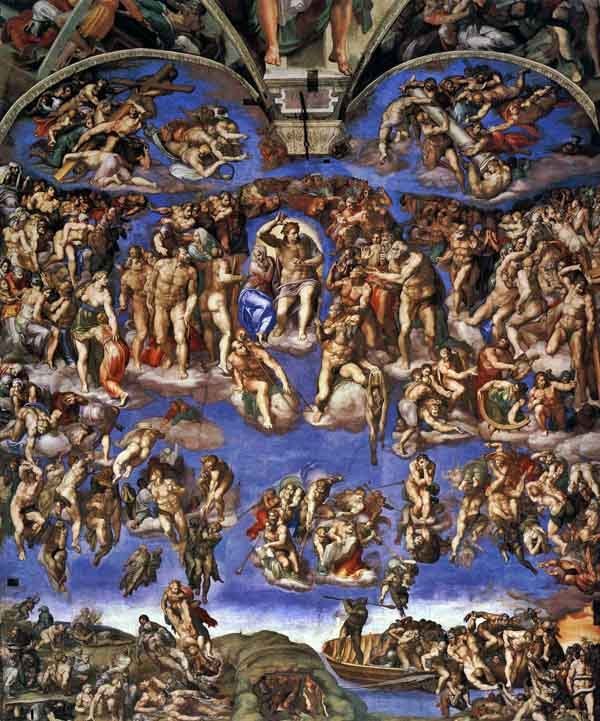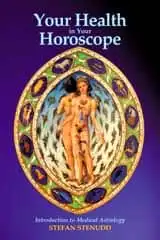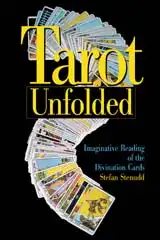|
TAROT
card meanings & free reading
|
Judgement
The Meaning of the Judgement
|
|
The picture on the Tarot Judgement card makes no secret of what judgment it refers to: the Last Judgment, when all the people who ever lived are awakened and sent either to Heaven or to Hell for eternity. Ultimate justice. Sublime reward for the good and terrible punishment for the bad. This moment is also the one of the end of the world as we know it. At such a cost, is it really justice we want?
To countless Christians through the past two thousand years, the idea of divine judgment had wonderful appeal, since so many of them were constantly victims of injustice. It started already by their savior being crucified and many of his disciples meeting similar fates. And the first generation of Christians in Rome was hunted down by the forces of a vicious Emperor. They dreamed of the Last Judgment and prayed that it was near.
The Tarot Judgement (spelled with an archaic 'e' in the middle) card, then, signals the promise of justice being done, eventually. The villains will be revealed and the righteous ones will be rewarded. At a cost.
Tarot Judgement is final and irrevocable. That's dire in itself. So, is it really what we want? And are we that sure of being innocent and the others are the only guilty ones? If we call for the Judgement implied by the Tarot card, it will come, and it will strike according to its own elevated perception. The outcome is never certain, no matter how we might have convinced ourselves of the opposite. So, it's a moment of fear for the good and the bad alike.
The Tarot Judgement card has sort of a twin in that of Justice, which seems just as clear about the right and the wrong of things, but at closer inspection reveals the complexity of it all. But Justice of that Tarot card is not definite, since it's of the world. The Tarot's version of Judgement, though, is forever. There may be a reason for the people's legal system preferring the principle of justice to that of judgment.
Judgment Day is a spectacular vision, which has inspired many artists through the centuries, especially in the long period when the church was their richest and most frequent client. Here are some of the paintings on the theme. Click on them to see larger images — and you want to do that, because these are scenes surpassing anything Hollywood manages even with the biggest budget.

The Last Judgment, by Stefan Lochner c. 1435. This painting is made in a style that is quite Medieval, where the sizes of the figures indicate their importance. Notice that the entrance to Paradise looks very much like a church, whereas the entrance to the lower regions is more like a castle of a worldly ruler.

The Last Judgment, by Hans Memling 1473. In this triptych, the separation of souls is done in the middle. The entrance to Paradise is through the cathedral to the left, but the way to Hell is simply to be thrown into the fire on the right. The style of the painting is still quite Medieval, with a limited depth of perspective and sizes according to importance. Christ, with the marks of his crucifixion, is heading the event, almost as if involved in vengeance.

The Last Judgment, by Michelangelo 1541. This is part of Michelangelo's decoration of the Sistine Chapel. Here, Christ acts on his own, involved in the actual deed, with Mary as a grieving witness. He's not significantly bigger than the other, but holds center stage. It's not altogether clear who goes to heaven and who to Hell. Everyone seems to suffer. Michelangelo focuses on the tragedy of it all, whatever justice might dictate.

A Vision of the Last Judgment, by William Blake 1808. Blake's image is that of the spectacle in itself, regardless of right and wrong. Christ at the top is like a statue, passive as if as much a victim as everybody else. At the left, people go up towards Heaven, at the left they go down towards Hell. The whole picture becomes a clockwise circular movement. Who's to say what's right or wrong? Blake just marvels at the glory of it all.
The Judgement Card as a Person
When the Tarot Judgement card relates to a person, which is not that often, it means that he or she is very judgmental and not inclined to change his or her mind about it. In the eyes of somebody with that characteristic, few people pass. You are not likely to be an exception, no matter how hard you try. But if you do, you're approved for good.
The Judgement Card as an Event
When the Tarot Judgement card relates to an event, as it most often does, it means that a final judgment will arrive and there is nothing anyone can do about it. The solution to whatever situation arrives, and it has almost nothing to do with the actions of those involved. It just happens, as if there was never any alternative. Opposing it is futile.
The Judgement Card as You
If the Tarot Judgement card has a position in the divination spread that refers to you, which is rare, you are indeed the one making the final decision on the matter at hand. Still, it's not that you have much of a choice. You may even decide against your own will. It's just that you must do what the situation calls for. There is no other way. So, although you have the final say, it's like you have no say at all. You just know what decision has to be made.
A. E. Waite about the Tarot Judgement Card
Click the header to read what A. E. Waite had to say about the Major Arcana Judgement Tarot card symbolism and meaning in divination.
The Major Arcana Tarot Cards
- The Magician
- The High Priestess
- The Empress
- The Emperor
- The Hierophant
- The Lovers
- The Chariot
- Strength
- The Hermit
- Wheel of Fortune
- Justice
- The Hanged Man
- Death
- Temperance
- The Devil
- The Tower
- The Star
- The Moon
- The Sun
- Judgement
- The World
- The Fool
About Cookies
|
|
My Other Websites:
I Ching Online
The 64 hexagrams of the Chinese classic I Ching and what they mean in divination. Free online reading.
Complete Horoscope
How predictions are done in classical astrology with the full horoscope chart. Many examples.
Creation Myths
Creation stories from around the world, and the ancient beliefs about the world and the gods as revealed by the myths.
Other Books of Mine
Click the image to see the book (and Kindle ebook) at Amazon (paid link).

Your Health in Your Horoscope
What the horoscope says about your health, according to the old tradition of medical astrology.

Life Energy Encyclopedia
Qi, prana, spirit, pneuma, and many other life forces around the world explained and compared.

Archetypes of Mythology
Jungian theories on myth and religion examined, from Carl G. Jung to Jordan B. Peterson.
 Stefan Stenudd
Stefan Stenudd
About me
I'm a Swedish author. In addition to fiction, I've written books about the Tarot, Taoism, astrology and other metaphysical traditions. I'm also an historian of ideas, researching ancient mythology. Click the image to get to my personal website.Contact
 Tarot Unfolded
Tarot Unfolded